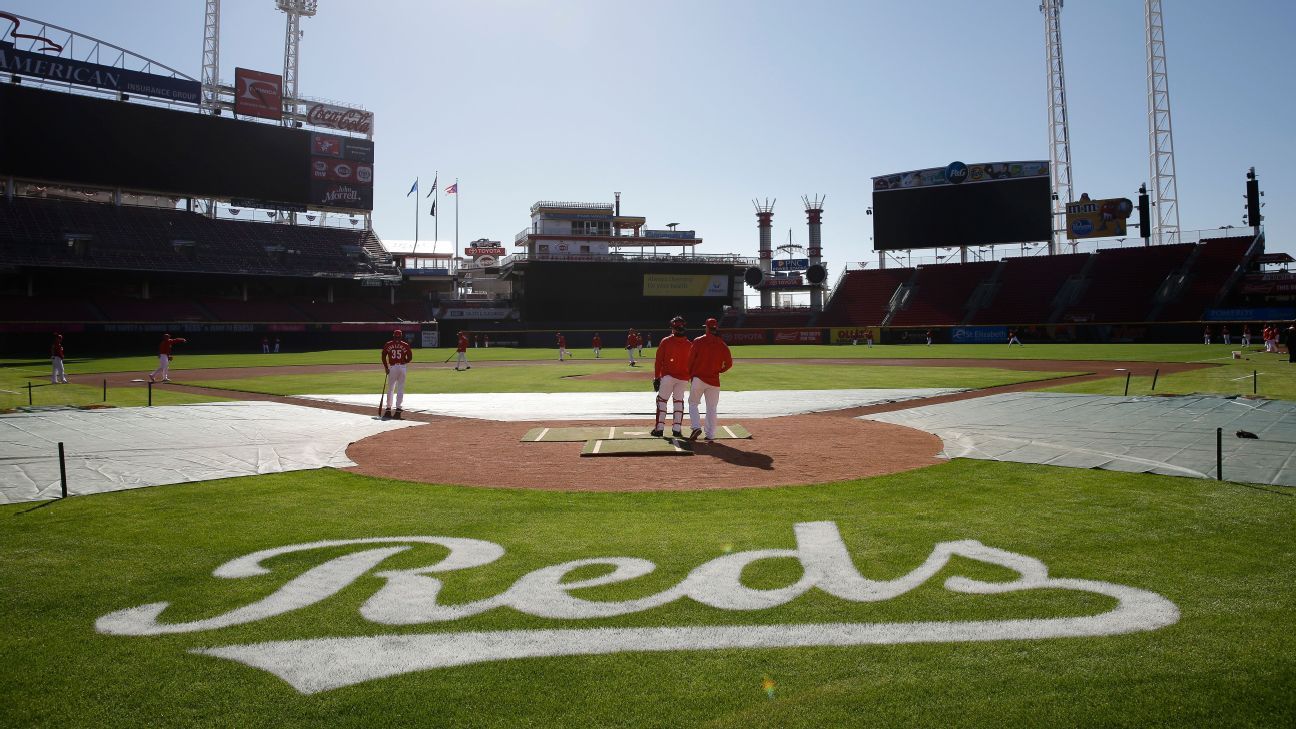
The Los Angeles Country Club’s North Course is considered one of the most brilliantly designed 19-hole layouts in the world.
Yes, 19 holes.
As the world’s best navigate the rookie U.S. Open venue’s par-4 17th hole, look right of the green and you’ll discover, somewhat hidden in the trees, the green to another hole, the one they call “Little 17.” The short par-3 was part of W. Herbert Fowler’s 1921 creation, but the controversial one-shotter went away as part of George C. Thomas Jr. and William P. Bell’s 1928 redesign – and it remained hidden until being brought back as an alternate hole in a 2010 restoration by Gil Hanse, Jim Wagner and Geoff Shackelford.
“The only word that I can think of to describe the hole is extreme,” Hanse said in a 2021 Fowler biography, comments that were reprinted in a recent USGA feature. “It’s extreme in its location, its diminutive nature, its contouring and the penalties it can extract. However, it is also extreme in the sense of joy it brings to those who are fortunate to be able to take on the challenges of this rediscovered gem.”
However, when it was first imagined by Fowler, who enlisted Thomas to supervise the 1921 reimagining of the original Beverly Course, “Little 17” incited more fury than joy. Prior to Thomas’ redesign, the North Course hosted the 1925 Cal State Open and 1926 Los Angeles Open, the inaugural edition of what is now called the Genesis Invitational, which the PGA Tour contests annually at nearby Riviera Country Club, another Thomas gem.
It was at that Cal State Open that “Little 17” first showed its severity. Thomas was in charge of setting up the course for the final round, and he placed the pin in the front-left portion of the small, narrow, sloping green. Thomas described the shot required in his 1927 book, “Golf Architecture in America: Its Strategy and Construction.”
“The shot was a pitch, and near the narrow shelf where the flag waved there was danger both in front and behind the green, and to hold the ball near the flag required a superlative shot,” Thomas wrote. “On the day of this medal round there was a gale of wind from right to left, and the green, which had been in fine condition the evening before, dried out during the night from the strong, dry wind. When play commenced, there was only one safe line for that hole, which was to pitch to the right of the flag in the widened center of the green, where a shot of ordinary merit would hold.”
Despite what Thomas described as “danger signals,” most of the competitors that day went right at the flag. As high scores piled up, a large gallery gathered around the hole, heightening the sense of embarrassment for those who struggled. One player, Thomas recalled, missed the green well right, his ball ending up behind a tree. His next shot went over the green, and after getting on the dance floor with his fourth shot, the player then four-putted for a quintuple-bogey 8. Yet, Thomas also added that a few players played the hole smartly, including the “fine, cool, calculating” Macdonald Smith, who pitched to the center and three-putted for bogey after an overly cautious birdie lag. Smith would win the tournament.
More complaining about the infamous penultimate hole followed at the inaugural LA Open that next year, and when Thomas and Bell were employed to redesign the course, the architects, perhaps begrudgingly, replaced “Little 17.”
“He clearly loved this hole … and he left it over in the trees for us to find,” said Geoff Shackelford in a 2017 video.
“Little 17” plays to a yardage of 110 yards these days, with a barranca in front, bunkers left and long, and severe drop-off into a large sycamore tree right. The teeing ground is shared with one of the forward tees for the par-4 second. While the alternate hole was not used in the 2017 Walker Cup, despite some rumor, this year’s U.S. Open competitors will have a chance to play the unearthed hole during Tuesday’s practice round, as the USGA will hold a closest-to-the-pin competition for charity.
“It is awfully hard to take your eye off of,” Shackelford added. “It’s just a beautiful design, beautiful piece of work, and we’re very proud to have been a part of putting it back.”















 Phone: (800) 737. 6040
Phone: (800) 737. 6040 Fax: (800) 825 5558
Fax: (800) 825 5558 Website:
Website:  Email:
Email: 






